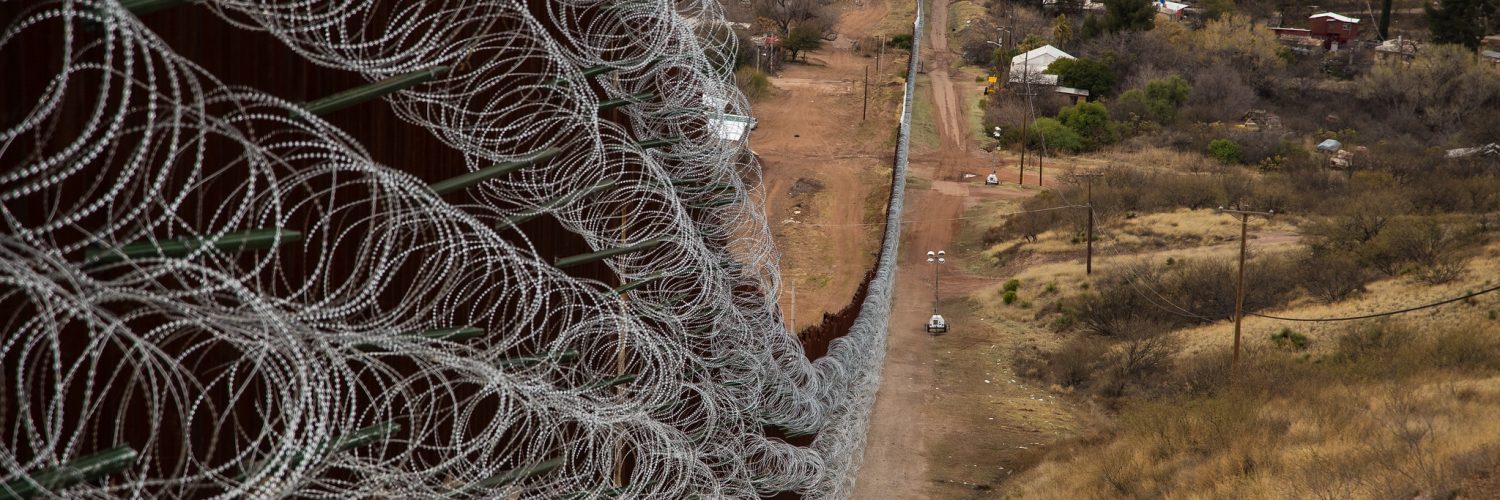The U.S. Senate has put aside partisan differences to present a bipartisan bill meant to assess our ports of entry, including two here in Arizona, and strategize a way to cut down on wait times and boost resources at the border. Sen. John Cornyn (R-Texas) and Sen. Gary Peters (D-Michigan) introduced the United States Ports of Entry Threat and Operational Review Act that calls on the Department of Homeland Security to undergo the assessment and implement a plan of efficiency.
According to the bill, DHS would be required to look at ways to reduce wait times at U.S. ports of entry as well as oversee changes to the Customs and Border Protection staffing requirements for all U.S. ports.
“This bill is an important step forward,” said Lance Jungmeyer, president of the Fresh Produce Association of the Americas (FPAA), in a statement. “Efficient and secure ports of entry benefit the entire country and help drive economic growth across the United States. We appreciate Senators Cornyn and Peters in working together in a bipartisan effort on this important bill. The health, security and vitality of our ports of entry is something that impacts us all.”
The FPAA and the Border Trade Alliance (BTA) have both come out in favor of the bill, citing its companion bill (H.R. 6400), which was introduced by Arizona Rep. Debbie Lesko in July. “I am thrilled my bill to secure our border by analyzing our ports of entry for threats and vulnerabilities is one step closer to being signed into law,” Lesko said.
The goal of reducing wait times would reduce costs on shippers and increase competitiveness. A major way that ports of entry can speed up processing times is to have adequate staffing according to a port’s trade volumes.
“The issues addressed by this legislation are critical,” BTA Chair Paola Avila said. “Reduced wait times increase the competitiveness of our economy by reducing costs on shippers, which are ultimately passed on to consumers. One of the most effective ways to reduce wait times is to ensure that staffing levels at a port are commensurate with the location’s trade volumes.”
Take Yuma County’s San Luis Port of Entry that sees about 2.5 million people enter the United States through it every year. Having the right resources and staffing has allowed the surrounding southwestern part of the state to see a $3.2 billion return toward the economy through agricultural assets that come and go through San Luis.
“We look forward to continuing to work closely with the House and Senate to move this bill forward and to ensure the Senate language on secondary inspection areas and food safety are in the final draft that passes Congress,” added Jungmeyer. “We are committed to working closely with members of Congress on this important initiative.”
The bill also shines a light on the role of cross-border produce trade, a huge factor in Arizona’s overall economic impact. The DHS would be directed to determine whether improvements are needed to meet food safety standards during more in-depth inspections that occur at ports of entry. For instance, there are about 10,000 farm workers that pass thru San Luis every day, which represents the role that farming products (i.e. fruits and vegetables) play in the state.
The goal is to have the bill adopted by the Senate in full and sent to President Trump’s desk within a short time period, since there is still a great deal of business to be taken care of at our ports of entry in the U.S.
















Add comment